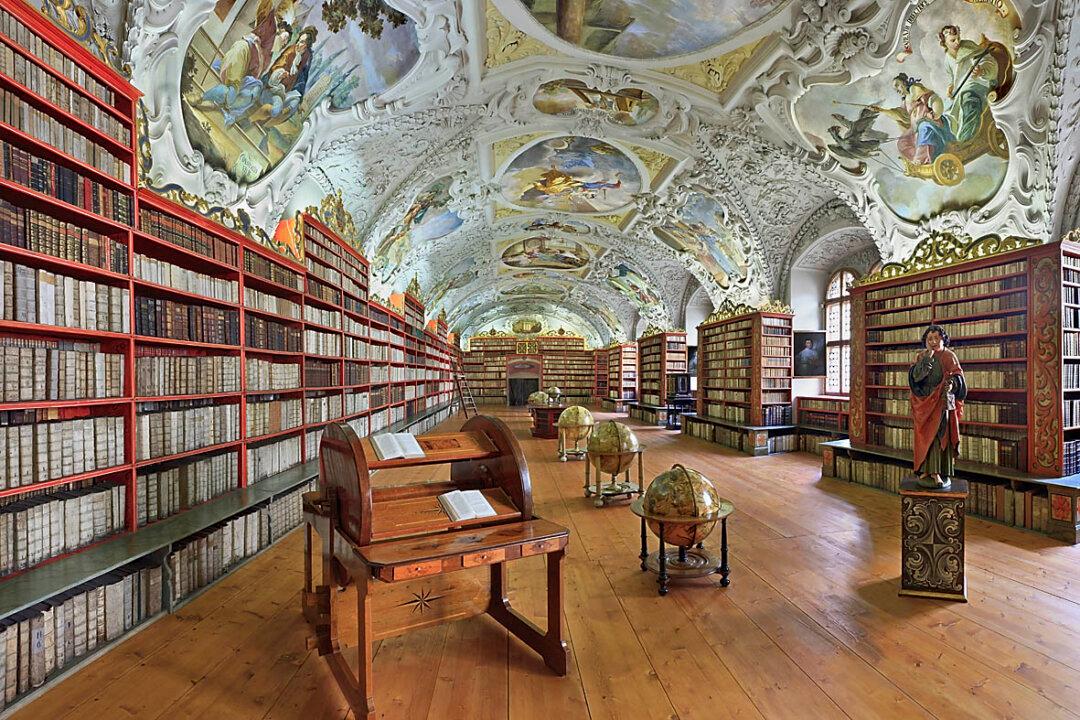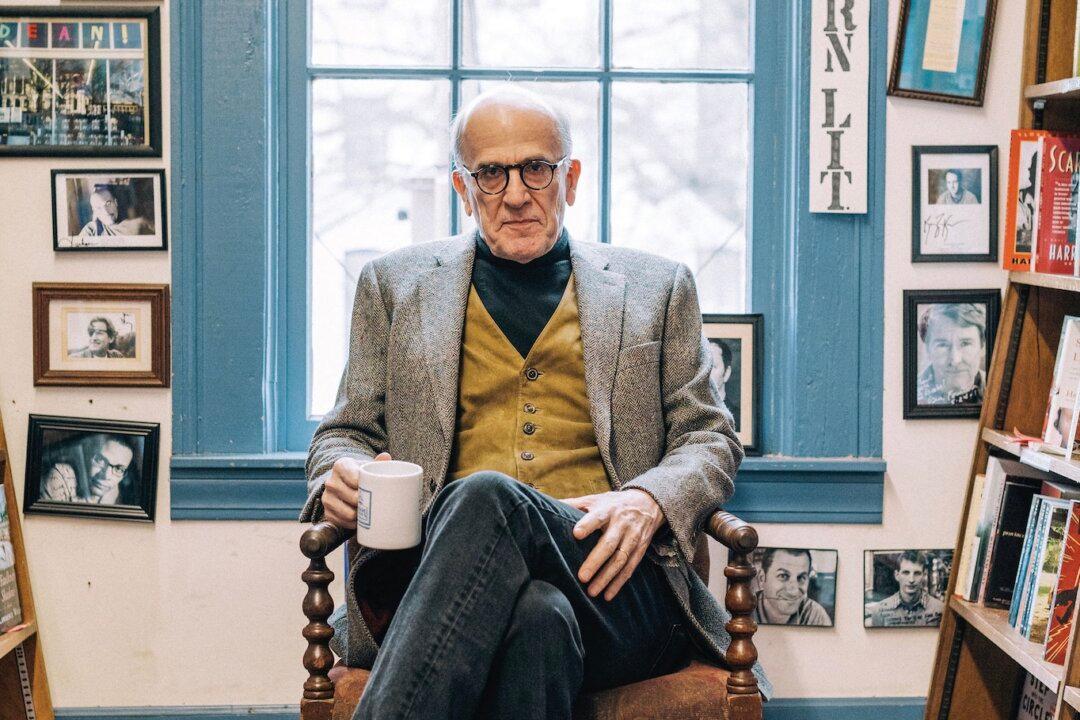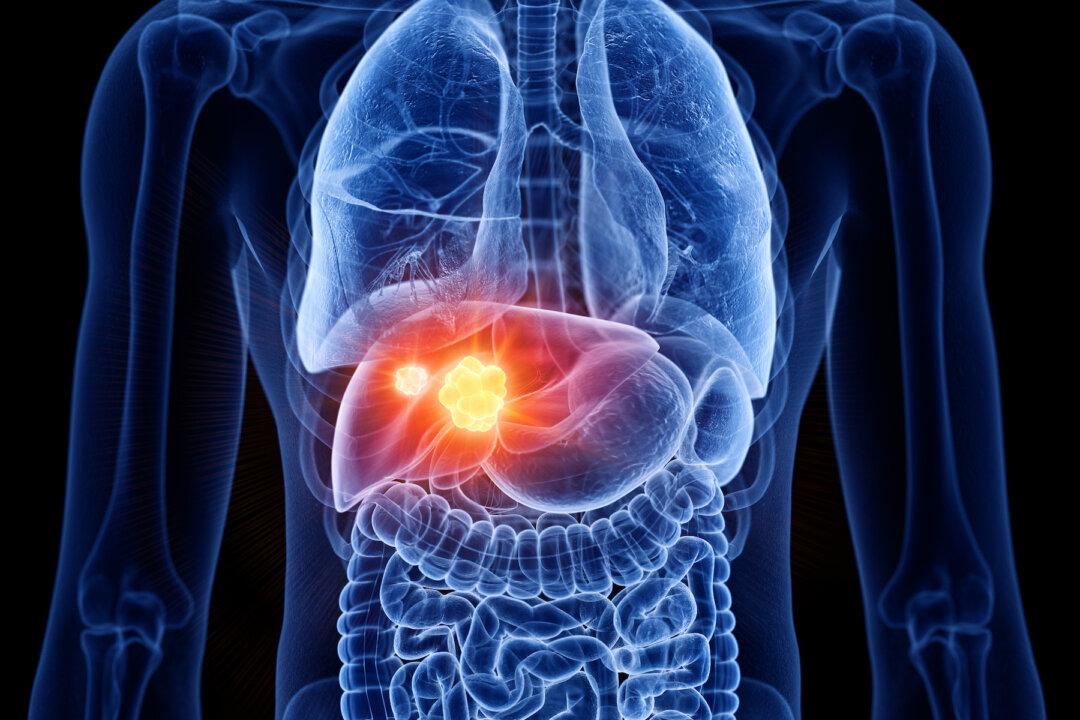The Strahov Monastery was built in Prague, Czech Republic in around 1143 by Bishop of Olomouc Jindrich Zdík after his pilgrimage to the Holy Land in 1138. The monastic community thrived with the arrival of the Premonstratensians from Germany. Their arrival brought forth many architectural developments to the monastery, beginning with the addition of a Romanesque basilica, and eventually leading to the construction of stone monastery buildings.
The monastery has stood the test of time even after enduring disasters and attacks throughout many centuries. Any damage was quickly amended through careful reconstruction by abbots such as Jan Lohelius and Kašpar Questenberg who also added new additions to the monastery. These include new gardens, a monastery brewery, and even several additions to the town including construction of the College of St Norbert in the New Prague Town which became where members of the order studied. During the 17th and 18th centuries, many other abbots continued in their efforts to reconstruct the monastery after periods of war.





